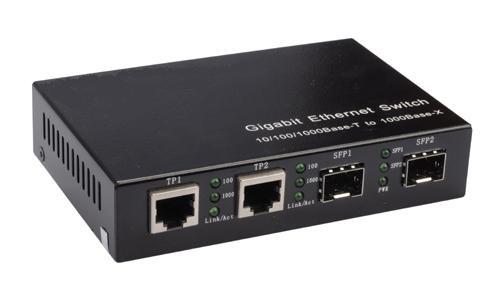This Wikipedia page has a summary of all Ethernet physical layers: Ethernet physical layer which may be of interest. It lists all optical physical implementations mentioned by https://networkengineering.stackexchange.com/a/52290/19509 and more. There is also this other Wiki page stub for Ethernet over fiber.
One interesting point that we can see from the tables is that starting from 50 Gbit/s, only optical fiber and twinaxial implementations exist. Twisted-pair cables currently stop at 40 Gbit/s and only with Category 8 cable in 40GBASE-T, with the ubiquitous Cat 5e cables only going up to 2.5 Gbit/s in 2.5GBASE-T. I.e., "optic cables are faster than twisted pair".
Another important dimension besides bandwidth is the maximum cable length allowed. In this aspect, fiber optics also achieves much higher values, I can see up to 100 km for 1000BASE-ZX fiber, while for twisted pair I don't see anything beyon 100 m, reached e.g. by 2.5GBASE-T.
Perhaps a more dramatic illustration of the existence of ethernet of fiber is to just look at a switch model that has both fiber and twisted pair

and on the image we can clearly see that there are two twisted pair ports (TP1, TP2) and two SFP ports for fiber (SFP1, SFP2), so we can imagine that this switch transparently handles Ethernet between either twisted pair and fiber optics.

